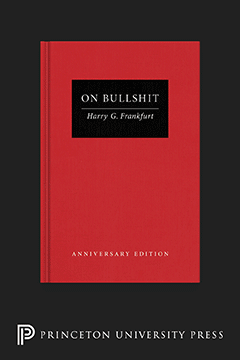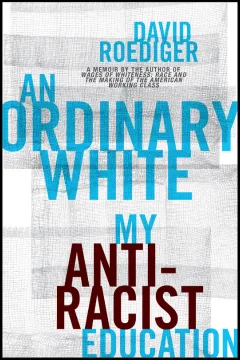Children of Paradise
Children of Paradise
Cold New World does what certain novels used to do: reveal the moral condition of a time and place by telling stories on a large, intimate scale. Near the end of his book, William Finnegan introduces what in fiction would be called a minor character: Ronda Hardin—“a willowy, ice-blond sixteen-year-old” in an outer Los Angeles suburb who has connections with a neo-Nazi skinhead gang. Ronda talked “in a breathy, high, almost reverential voice, about ‘my hatred’ . . . as if the thought of this burning racial animus itself evoked a kind of tender awe.” Finnegan (who is a friend of mine) doesn’t stop with this observed nuance. He goes on to situate the hatred, the girl, the tone of voice: “The frame around everything ...
Subscribe now to read the full article
Online OnlyFor just $19.95 a year, get access to new issues and decades' worth of archives on our site.
|
Print + OnlineFor $35 a year, get new issues delivered to your door and access to our full online archives.
|






